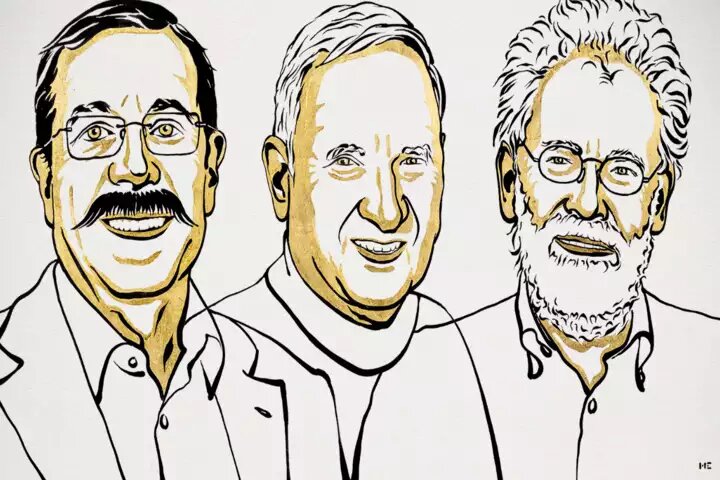Three scientists shared this year’s Nobel Prize in Physics in appreciation of their work in the area of quantum information science, that has significant implications such as in the field of encryption. The experiments of Alain Aspect, John F. Clauser, and Anton Zeilinger were honored for their broad implications for quantum computing and secure information transmission.

The Royal Swedish Academy of Sciences recognized Frenchman Alain Aspect, American John F. Clauser, and Austrian Anton Zeilinger for their work in figuring out how invisible particles like photons or minute pieces of matter can be connected to one another despite being separated by great distances.
Although physicists frequently work on issues that at first look seem to have nothing to do with everyday life, such as minuscule particles and the enormous complexities of space and time, their research offers the foundation for numerous practical applications of science.
The work of the laureates relies on that of John Stewart Bell, a physicist who worked in the 1960s to determine whether particles could continue to operate together in concert even after they had separated too far for regular communication to occur, a phenomenon known as quantum entanglement.
The three laureates conducted studies independently that contributed to clarifying a key assumption concerning quantum entanglement. This claim pertains to the behavior of microscopic particles, such as electrons, that have connected in the past and then separated.
Nobel committee member Eva Olsson observed that the discipline of quantum information science is thriving and expanding quickly. It might impact a variety of industries, including as sensor technology, secure information transport, and quantum computing.
Last year the prize was given to Syukuro Manabe, Klaus Hasselmann, and Giorgio Parisi for their contributions to the explanation and forecasting of complex natural phenomena, which have improved our climate change understanding.
Svante Paabo, a Swedish scientist, received the Nobel Prize in medicine on Monday as part of a series of announcements regarding the award. Paabo found hidden information in Neanderthal DNA that was crucial to comprehending our immune system.
The Nobel Prize organization will also broadcast each award announcement live. The award ceremonies for the prizes will take place in Stockholm in December. The cash awards for the awards total 10 million Swedish kronor, or roughly $900,000. They will be distributed on December 10. The funds originate from a bequest made by Alfred Nobel, a Swedish inventor who founded the award.
The Royal Swedish Academy of Sciences annually bestows the Nobel Prize in Physics on the physicists who have made the greatest contributions to humanity. It is one of the five Nobel Prizes in Chemistry, Literature, Peace, and Medicine that Alfred Nobel created in his will and which have been given out annually since 1901.
The first prize in the Nobel Prize presentation is often given for physics. A total of three Nobel laureates and two distinct works may be chosen to receive the Physics Nobel Prize. The Physics Nobel Prize nomination and screening process are extensive and thorough when compared to other Nobel Prizes.
This is a major factor in why it has gained significance throughout time and now holds the title of most significant prize in physics. Wilhelm Röntgen, a German physicist, received the first Nobel Prize in Physics in honor of the exceptional contributions he provided through the discovery of X-rays. The Nobel Foundation oversees the administration of this prize, which is usually regarded as the highest honor in the field of physics.

I am a law graduate from NLU Lucknow. I have a flair for creative writing and hence in my free time work as a freelance content writer.